Coyote - Canis latrans
Brief Natural History
The coyote has a wide distribution throughout North America, Mexico, and into Central America. Despite the fact that humans are encroaching upon their habitat at a rapid rate, coyotes are very adaptable and often thrive in urban areas. The elimination of wolves may have contributed to the coyote’s general population expansion. Pack sizes vary geographically, with variables such as food availability and climate. Coyotes are extremely opportunistic and can consume anything that is easily available, such as small rodents, lizards, birds, insects, and even some livestock.
Where do Coyotes who need rescue come from?
Private owners, closing roadside zoos, orphaned or injured individuals unable to be rehabilitated, and nuisance animals are all possible sources of coyotes in need. Although there are laws prohibiting the ownership of exotics in many states, every state’s laws are different, and even laws do not prevent some people from attempting to keep these animals.
Conservation Status
There is no legal protection of the species, most likely due to the fact that there are no threats to their population at this time. Their population currently does not need conservation efforts to maintain stable populations.
Exhibition/Captive Laws
The Animal Welfare Act (AWA) is the only Federal law that regulates the treatment of animals used commercially and for research. The law states that it is illegal to transport, purchase, sell, house, care for, or handle warm-blooded wild native and exotic species (excepting birds and certain rats and mice) without the proper permit/license from the USDA. Laws applicable to the private ownership of animals vary by state.
Fun Facts
Coyotes are actually omnivorous. They eat mostly meat but have been known to feed on berries and other plant material.
Coyotes also have spectacular hearing; it has been said that they can hear noises from a mile or more away!
References:
- Animal Welfare Act and Animal Welfare Regulations. Washington, D.C.: U.S. Dept. of Agriculture, Animal and Plant Health Inspection Service, 2002. www.aphis.usda.gov. United Stated Department of Agriculture. Web. 15 July 2016.
- Gese, M. E., M. Bekoff, W. Andelt, L. Carbyn, and F. Knowlton. Canis Latrans (American Jackal, Brush Wolf, Coyote, Prairie Wolf). The IUCN Red List of Threatened Species, 2008. Web. 05 Aug. 2016.
- "10 Facts You Did Not Know About Coyotes." Animals Zone. N.p., n.d. Web. 12 July 2016.






